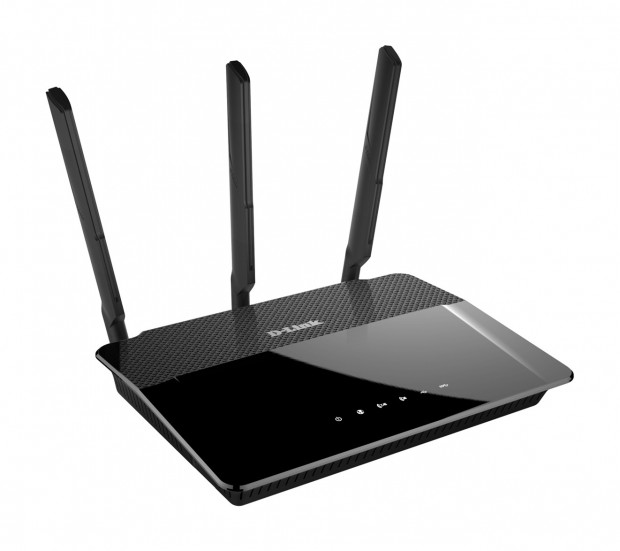It used to be that a network or PCs connected together and shares a single storage or printing facility was for business or enterprise use only.
Today, network systems are entering the consumer space as more wi-fi capable devices, such as the notebook, tablets, smartphones, and event TVs are exploding in numbers.
To maximize the use of these devices at home, one must set up a home network by using dual band wireless routers. These products allow wi-fi capable devices to connect, communicate and share multimedia files.
A powerful dual-band wireless router is the new Belkin N750 DB. When we say dual-band, it means the router is capable of providing two networks—one for the Internet and the other for local network.
For example, since Belkin N750 DB is a dual-band N+ router, it is capable of 2.4 GHz and 5 GHz wireless networks, with each capable of transmitting 300 mbps and 450 mbps of data simultaneously.
Setting up a home network is easy with Belkin N750. The product comes with a CD installer and once the software is installed, the set up is plug-and-play.
To allow other members of the family to access the local network, the CD program needs to be installed onto their PCs or laptops. The Belkin N750 features two USB ports, where you can attach a printer (to be shared among the devices) and a large capacity portable storage (where you can upload, download, or play multimedia files.)
With Belkin N750, you can do a backup of your PC wirelessly with just a click of the icon in the Windows taskbar and you can do this from any part of the house.
Belkin N750 supports DLNA/uPnP technology, which means that any DLNA certified device like a TV, a tablet or a smartphone can use the wireless network for direct streaming of videos or other multimedia files to other devices.
For example, using Kies Air app, I can access and play the multimedia contents of my Samsung Galaxy Note from my laptop.
The video streaming and file transfers are extremely fast. Belkin claims the N750 uses “MultiBeam” technology to provide greater throughput at greater distances.
MultiBeam specifies multiple antennas for a given router so multiple signals can be sent and received simultaneously.
The good thing about this technology is it collects and merges the good signals and leave out the fractured streams caused by collisions with objects blocking their path. In short, it ensures whole or full data streams, thereby preventing lags in transmission.









